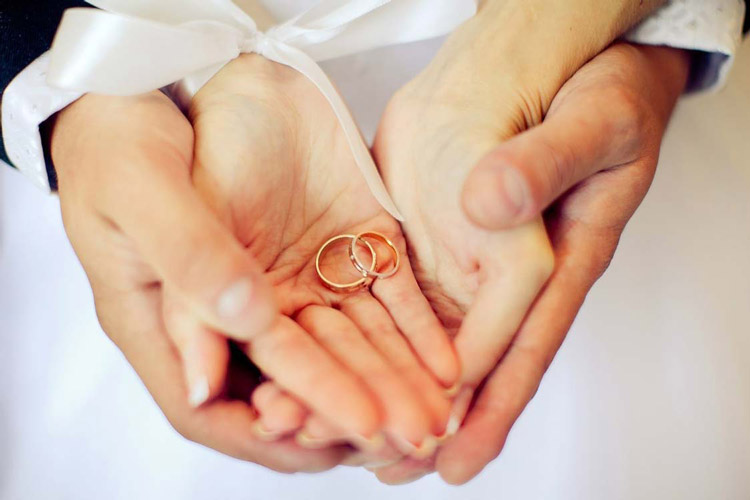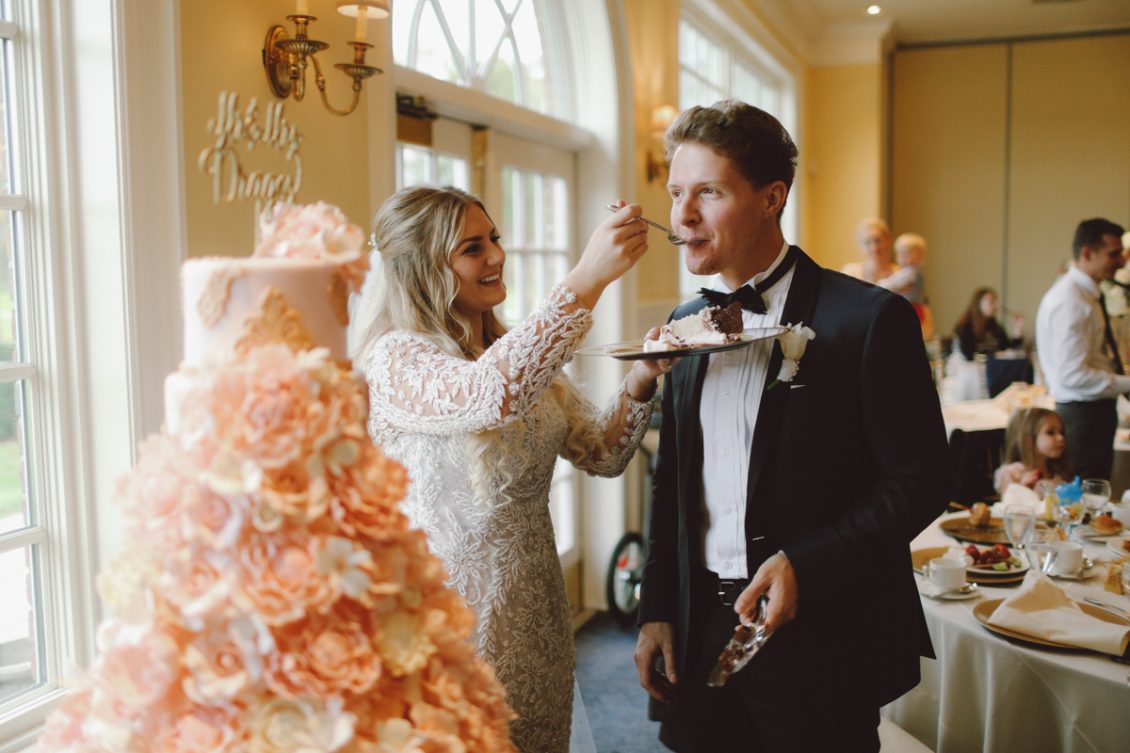10 Of the World’s Wedding Ceremony Traditions
Each wedding ceremony tradition holds a specific charm — they are pieces of the couple’s cultures and personalities that make it individual and unforgettable for family and friends who attend. Here we explore 10 of the most unique wedding traditions from different cultures around the globe.
Unity Rituals in Wedding Ceremonies
A Unity Candle is a sweet and easy addition to anyone’s big day. In this tradition, the respective mothers-in-laws proceed to light a candle upon entering the ceremony. These are basically physical representations of their children’s former individuality. The candles are then set either side of the larger, unity candle. After the main proceedings of the ceremony, the couple ties the knot by lighting the unity candle using their taper candles, and then take turns extinguishing the taper candle flames, saying goodbye to their life as they knew it. As a whole, the ritual represents letting go of the old and welcoming the new as they embark on their journey into married life together.
Another increasingly popular version of this consists of the bride and groom each pouring different colored sand into a vase or jar of some sort. This epitomizes the unification of the two persons, as well as their lifelong commitment to their marriage. Some couples choose to do this alone, while others have their family members join in, extending the metaphor to the unity of their two households.
Ring Warming

This heartfelt ritual is a wonderful way to involve loved ones in the wedding. Everyone in attendance is given the opportunity to hold the wedding bands and say a few warm words for the husband and wife-to-be. Perhaps a little prayer to ward off any evils spirits or just wishing them good luck in their new life together.
Love Letters
Cute wedding traditions are becoming more and more popular — especially that of enclosing love letters (often accompanied by a bottle of wine) in a box. This time capsule is then stashed away and only opened on a special night such as an anniversary, or perhaps even after their first major fight as a married couple. it serves as a profound reminder of why they chose to spend their lives together in the first place.
Feeding Each Other Cake

More and more couples are feeding each other their first bite of wedding cake, as a gesture of affection and a symbol that they will always provide for one another. You may want to sit this one out if you don’t want to stain the wedding dress though!
No Smiling
Wedding days are supposed to be joyful, with laughter and smiles all around. Not in Congo! Or at least, not that they’re allowed to show. It is a strict tradition for these couples to refrain from smiling throughout their whole wedding ceremony. If they do smile, this is taken showing a lack of seriousness about the marriage.
A Strange Blessing
In Kenya, the Masai people have a tradition which involves shaving off all the bride’s hair at the ceremony. Her scalp is then lathered in lamb fat and other oils. What’s even more bizarre is that her father then proceeds to bless her by spitting on her head and breasts.
Written in The Stars
Wedding Ceremony traditions for Indians following Hindu practices and traditions, couples will actually plan when to host the celebrations based on astrological factors surrounding their birthdays. The location of the planets and stars is taken into account in order to ultimately ascertain when would be the ideal wedding date for the couple.
Giving the Bride Away
Many western wedding ceremonies entail the father of the bride holding his daughter’s arm as he escorts her in her walk down the aisle. Although this is now seen as a mere family tradition, it actually evolved from much more sinister roots. Historically speaking, the father would offer his daughter as a peacemaker for the family. Or perhaps the bride was a form of payment to settle any debt he owed to the groom or the groom’s family.
Beating the Groom’s Feet
In South Korea, at the end of the ceremony, the groom must overcome an obstacle before he can join in the celebrations and enjoy his first few hours as a married man. In this ritual, his groomsmen and family members bind his bare feet together and take turns beating them with a stick. In some cases, a dried fish is the weapon of choice. Although this is painful, the tradition is not meant to punish the newlywed, rather, it is a test of his resilience and strength.
The Price of Love
Saudi Arabian weddings tend to proceed in a very expensive and festive fashion, with endless displays of various foods, traditional drumming bands, Arabian sword dances, and sometimes even firing guns in celebration of the union. However, the marriage ceremony itself, termed ‘nikah’ in Arabic, is a rather short and particularly intimate gathering. It is officiated by a religious figure known as a sheik and only immediate family members and two witnesses for each half of the couple attend. After the bride and groom voice their agreement to the marriage, a few verses from the Holy Quran are read out loud. The groom is religiously and legally required to then offer financial compensation to his bride. This is known as ‘mahr’, and it is most commonly given in the form of actual money and/or several pieces of expensive jewelry.
Japanese Ceremonies
These days, many Japanese couples have begun to opt for more Western-style ceremonies. However, those who are more inclined to stick to the old-fashioned way of doing things may include the renowned wedding tradition of the nuptial cups. The couple each take sips of sake from different sized cups, and the act of swapping the cups over is a symbolic representation of exchanging vows. Their parents follow suit, gesturing that the new bond between their two households will be preserved. Each sip of the drink has its own representation. The first three recognize each of the three couples — the newlyweds, and their respective parents. The second set of three is a testament to human faults, and the last three represent sovereignty and control over these flaws.
These wedding ceremony traditions speak volumes about the culture and underlying philosophy of the countries they come from. While some have evolved to keep up with modern times, others have stood the test of time, and although they may seem outdated to the common person, they are ingrained in the lives of the people who practice them.